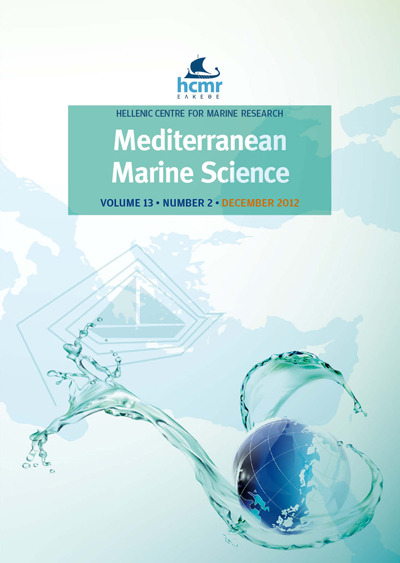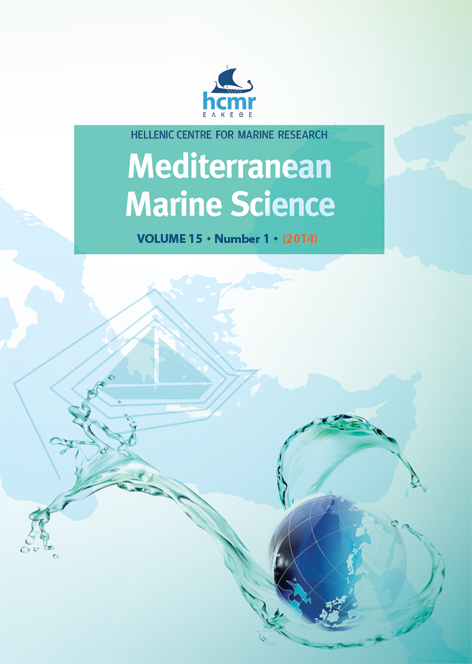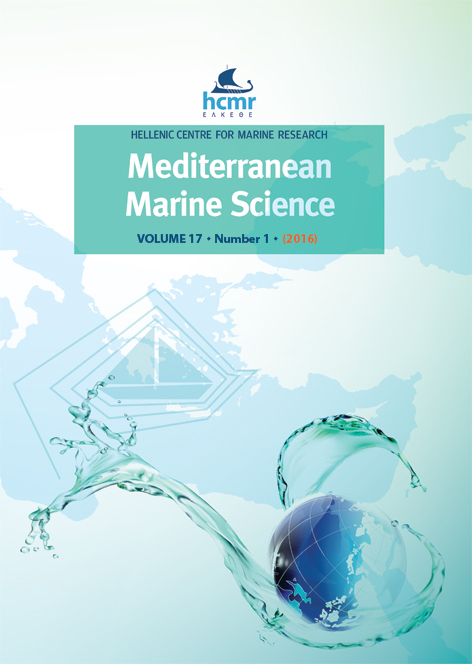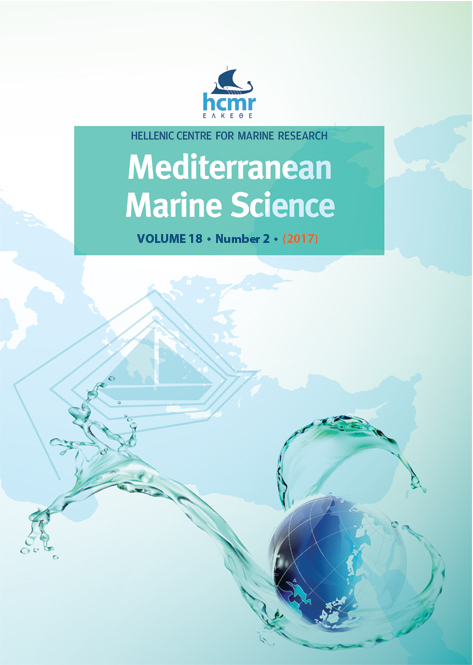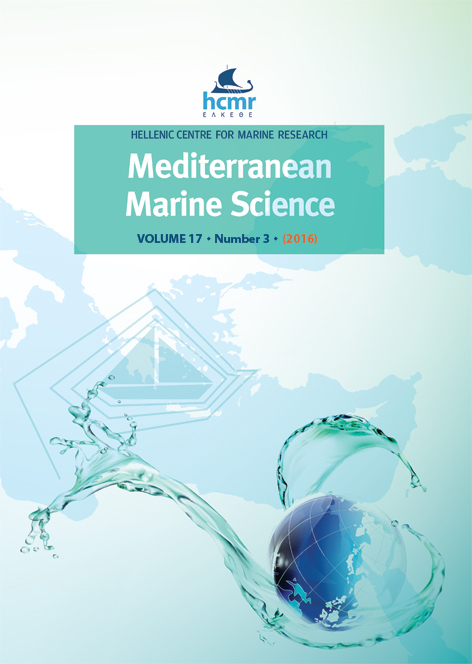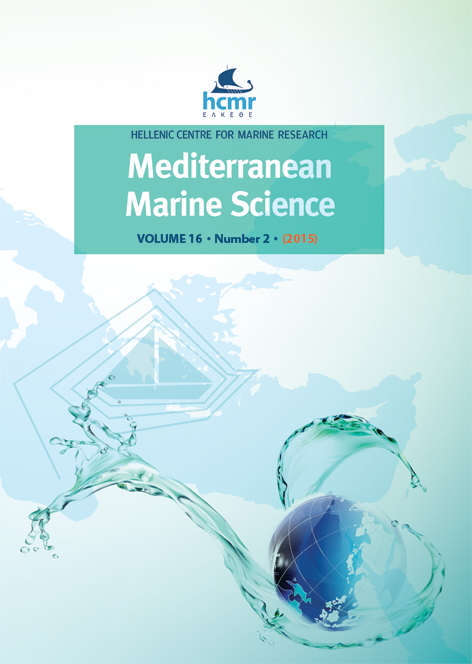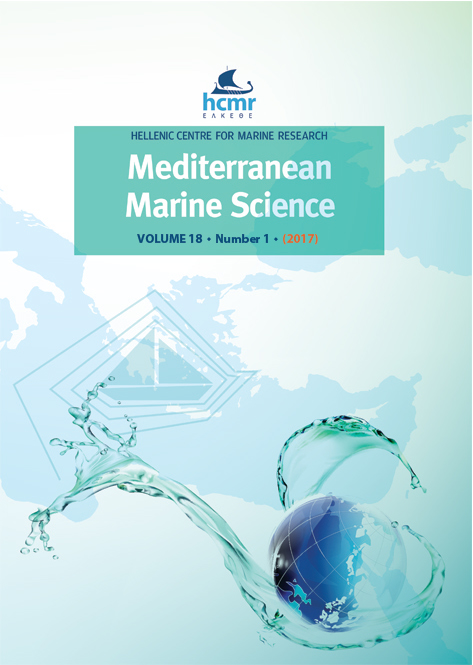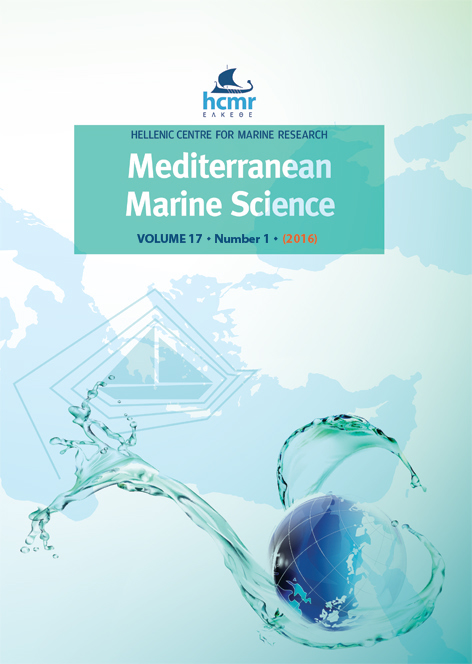Mollusc fauna associated with the Cystoseira algal associations in the Gulf of Trieste (Northern Adriatic Sea)
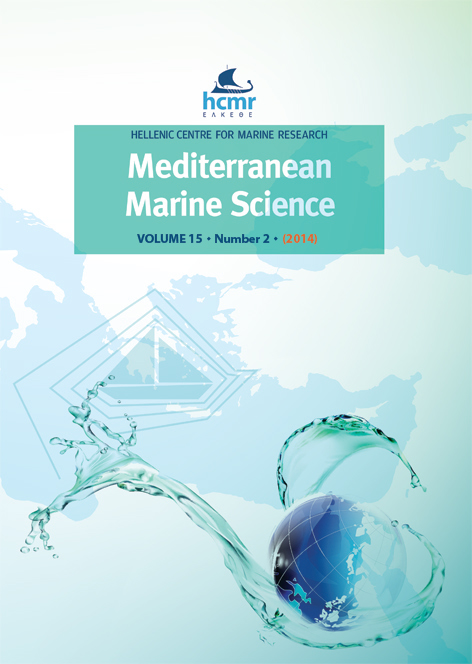
Abstract
Mollusc assemblages associated with Cystoseira associations were sampled in the southern part of the Gulf of Trieste during the summers of 2008 and 2012. Samples were collected by SCUBA diving in the infralittoral belt (from 1 to 4 m depth). The surface within frames of 20 x 20 cm was scraped off with samples were collected by hand or with an air-lift sampler. Four erected algal species were found: Cystoseira barbata, C. compressa, C. corniculata and Halopithys incurva. A total of 69 species of molluscs were identified in those associations. Gastropoda were dominant, with the highest species richness and abundance, followed by Bivalvia and Polyplacophora. A large number of juveniles were found, proving the importance of Cystoseira associations for mollusc recruitment. Differences in composition, structure and abundance of mollusc assemblages were found for sites dominated by different algal species, and correspond to different morphology and degree of development of canopy-forming species. The present study confirms that the dominant algal species within Cystoseira associations strongly influence, although at different levels, abundance and distribution of mollusc assemblages in the Northern Adriatic Sea.
Article Details
- How to Cite
-
PITACCO, V., ORLANDO-BONACA, M., MAVRIČ, B., POPOVIĆ, A., & LIPEJ, L. (2014). Mollusc fauna associated with the Cystoseira algal associations in the Gulf of Trieste (Northern Adriatic Sea). Mediterranean Marine Science, 15(2), 225–238. https://doi.org/10.12681/mms.466
- Issue
- Vol. 15 No. 2 (2014)
- Section
- Research Article
Authors who publish with this journal agree to the following terms:
- Authors retain copyright and grant the journal right of first publication with the work simultaneously licensed under a Creative Commons Attribution Non-Commercial License that allows others to share the work with an acknowledgement of the work's authorship and initial publication in this journal.
- Authors are able to enter into separate, additional contractual arrangements for the non-exclusive distribution of the journal's published version of the work (e.g. post it to an institutional repository or publish it in a book), with an acknowledgement of its initial publication in this journal.
- Authors are permitted and encouraged to post their work online (preferably in institutional repositories or on their website) prior to and during the submission process, as it can lead to productive exchanges, as well as earlier and greater citation of published work (See The Effect of Open Access).





